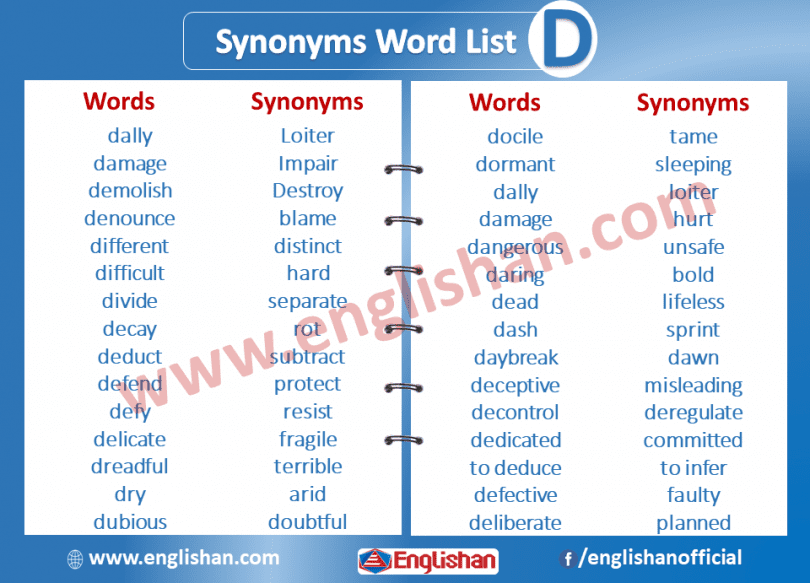

In the LGBTQ+ community, this term is used to describe an individual who is supportive of LGBTQ+ individuals and the community, either personally or as an advocate. Allosexual people are not limited by their sexual orientation, the term simply defines the ability to experience sexual attraction.Īlly: A term generally relating to individuals who support marginalized groups. It is possible to be alloromantic but not allosexual (see: Allosexual).Īllosexual: Refers to an individual who experiences sexual attraction of any kind. Agender is different from nonbinary (see Nonbinary) because many nonbinary people do experience gender.Īlloromantic: Refers to an individual who experiences romantic attraction. This term should replace terms like new gender or chosen gender, which imply that an individual chooses their gender.Īgender: (pronounced ā-ˈjen-dər) Refers to a person who does not identify with or experience any gender. Instead, use a person’s pronouns and self-description.Īffirmed Gender: An individual’s true gender, as opposed to their gender assigned at birth. Generally not considered an identity, as calling a transgender man “AFAB,” for example, erases his identity as a man. AFAB is a useful term for educating about issues that may happen to these bodies without connecting to womanhood or femaleness. AFAB people may or may not identify as female some or all of the time. No definition should be taken as legal or medical counsel.ĪFAB: (pronounced ā-fab) Acronym meaning Assigned Female at Birth. Be sensitive when discussing some of these terms, as these words describe personal experiences which should not be broached lightly.

When discussing any element of this glossary with others, particularly LGBTQ+ people, use caution to prevent any harm which may arise from the discussion. Please note: This glossary includes terms which concern areas of sensitivity for some LGBTQ+ people. A good best practice is to ask people what the words they use to describe themselves mean for them and how they would like you to use language when talking with or about them. However, vocabulary evolves, and there is not universal agreement about the definitions of many terms. Precise use of terms in regards to gender identity, gender expression, romantic identities, and sexual orientation can have a significant impact on demystifying many of the misperceptions associated with these concepts. The power of language to shape our perceptions of other people is immense.


 0 kommentar(er)
0 kommentar(er)
